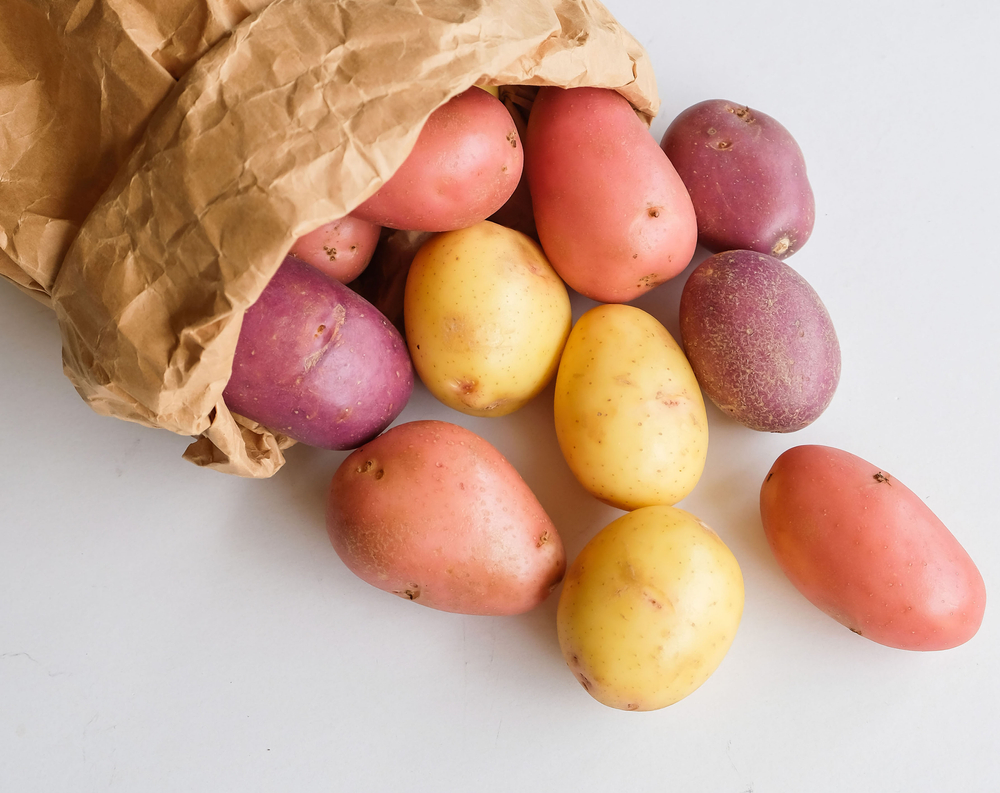Calculate cost per serving during batch cooking for budget planning
Batch cooking can stretch time and money, but understanding the cost per serving turns mealprep into a practical budgeting tool. This short guide explains how to break down ingredient costs, scale recipes, and convert measurements to get reliable per-serving estimates for grocery planning and nutrition tracking.

Batch cooking is a practical way to save time and manage household food budgets, but estimating the cost per serving requires consistent tracking of ingredients, portions, and conversions. This article explains how to combine simple measurements with nutritional and pricing data so you can produce repeatable per-serving numbers for grocery lists, recipe scaling, and mealprep schedules. Clear steps and examples help you translate weights, volumes, and package prices into comparable unit costs that inform smarter purchases and portion control.
How does nutrition affect cost per serving?
Nutrition choices influence cost: plant-based staples like beans, lentils, and grains often cost less per serving than animal proteins, while fresh produce and specialty items add variability. When calculating cost per serving, factor nutrition labels and package yields into the math: note edible weight after trimming, account for any inedible portions, and include pantry staples used in small amounts (oils, spices) by spreading their cost across many servings. Including nutrition in cost calculations helps align grocery spending with dietary goals.
How to count portions and servings accurately?
Start by defining a serving for each recipe—either by weight (grams) or by an agreed volume (cups). For batch cooking, weigh the final cooked yield and divide by your chosen serving size to get the number of servings. Record both the total recipe weight and the number of portions produced; that lets you calculate cost per serving by dividing total recipe cost by total servings. Consistent portion definitions ensure comparability across meals and help prevent unintended over- or under-portioning during mealprep.
How to scale recipes and do conversions?
Scaling requires accurate conversion of ingredients between units (cups to grams, tablespoons to milliliters). Use reliable conversion tables or kitchen scales for dry and wet ingredients, since densities differ. When scaling up, re-calculate yield changes—some ingredients behave nonlinearly (eggs, leaveners). For cost, scale ingredient amounts then apply unit prices to each scaled quantity. Keep a small margin for spoilage and trimming when planning grocery purchases to avoid underestimating cost.
How to account for calories and macros when costing?
Tracking calories and macros alongside cost lets you see value per nutrient (for example, cost per 100 kcal or per 10 g protein). After calculating servings, divide the recipe’s total calories and macronutrients by the number of servings to get per-serving nutrition. Then pair that with per-serving cost to evaluate affordability relative to nutritional needs. This dual view supports budget-friendly decisions that still meet dietary targets.
How to measure ingredients: weights vs volumes?
Weights (grams/oz) are more consistent than volumes (cups/spoons) because packing and ingredient density affect cup measures. For accurate cost-per-serving, buy a kitchen scale and record recipe weights after cooking when possible. Convert volume-based recipes to weight equivalents for staples you use often. Maintain a small reference list of common conversions you use in mealprep to speed calculations and reduce errors when scaling and converting between units.
Practical grocery and mealprep cost comparison
Real-world pricing affects per-serving estimates: basics like rice, pasta, and beans often yield very low cost per serving, while beef, seafood, or imported produce raise averages. Regional grocery prices, sale cycles, store brands, and bulk purchases influence final numbers. Below are representative digital tools and apps people use to estimate recipe costs and organize mealprep; costs reflect typical, publicly listed pricing models where available. Also consider that you can perform manual cost calculations with spreadsheets or free templates if you prefer no subscription tools.
| Product/Service | Provider | Cost Estimation |
|---|---|---|
| Recipe cost calculator (in-app) | MyFitnessPal | Free basic; Premium typically around $9.99/month (est.) |
| Meal planning and grocery lists | Mealime | Free basic; Mealime Pro often around $5.99/month (est.) |
| Recipe manager with cost fields | Paprika | One-time app purchase, commonly around $4.99–$29.99 depending on platform (est.) |
| Recipe and shopping organizer | Plan to Eat | Subscription model, commonly around $4–$5/month billed annually (est.) |
Prices, rates, or cost estimates mentioned in this article are based on the latest available information but may change over time. Independent research is advised before making financial decisions.
This article is for informational purposes only and should not be considered medical advice. Please consult a qualified healthcare professional for personalized guidance and treatment.
Conclusion
Calculating cost per serving during batch cooking becomes straightforward once you standardize how you measure yield, track ingredient prices, and convert units. Combining consistent portioning with weight-based measures, scaling rules, and a simple spreadsheet or app will give repeatable per-serving figures that improve grocery budgeting and nutritional planning. Regularly updating prices and maintaining a small conversion reference makes the process faster and more accurate over time.




